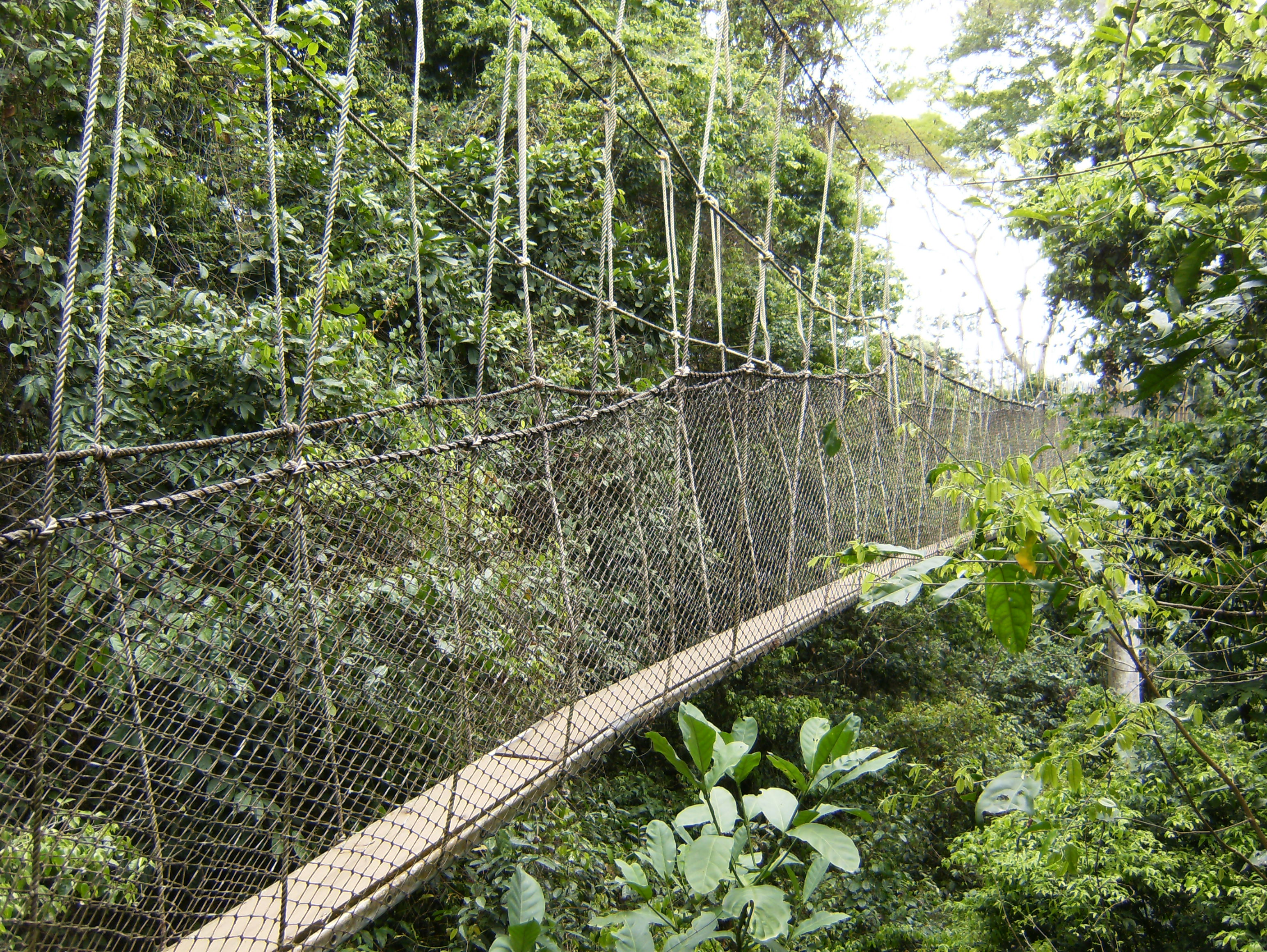The project “Strengthening Institutional Capacity on REDD+ (Reducing Emissions from Deforestation and Forest Degradation) in the Congo Basin” has received a grant from GEF of $ 13 million administered by the World Bank. This five-year project will improve the knowledge and coordination on REDD in the Congo Basin, strengthen technical capacity for measurement and monitoring of carbon stocks in forests of the Congo Basin, and to help integrate the concept of REDD projects in SFM. The six countries with high forest of the Congo Basin (Cameroon, Central African Republic, Democratic Republic of Congo, Equatorial Guinea, Gabon and Republic of Congo) agreed to coordinate their efforts for the conservation and sustainable management of forests in their respective countries. The Central Africa Forests Commission (COMIFAC), which was established in 2005 as a regional authority responsible for policy and technical guidance, monitors and coordinates this effort. I have accepted to provide scientific coordination of the Central Africa REDD+ project component “Development of allometric equations for the forests of the Congo Basin”. The project will consist of carrying biomass data within 6 countries involved in partnership with local private institutions, research institutions and universities.
The expectation of the project is to provide country specific allometric equations as well as regional allometric equations valid for the main species and also for group species within the main vegetation types of the Congo Basin. The approach for data collection is to establish extensive data collection plots as well as research plots. In the extensive data collection plots a unique methodology will be applied for biomass data collection whereas in research plots, a specific methodology will be applied in some plots to allow having additional data that will support investigation to better understand tree allometry in the Congo Basin.
The initial advantages for students include providing research opportunities and a site for training in the second largest tropical forest in the world and allometric calculations. Permanent plots serve as site for investigation. Some research ideas include:
Using the water and air pressure exaction method to investigate the root systems of trees and the contribution of belowground biomass to the biomass
- Using the Ground penetrating Radar to investigate the coarse root systems
- Using the Relascope of Bitterlich to integrate significant amount of bigger trees in tree allometry studies.
- Wood density and carbon variation on tree assortments in the Congo basin
- Liana allometric biomass equations for primary and secondary forest in the Congo Basin
- Influence of buttress trees in the tree allometry studies
- Using allometric equations and remote sensing to estimate the biomass, carbon stocks and fluxes
- Application of photogrammetry to estimate irregular contour trees
- Use of LIDAR techniques to estimate the biomass of the crown



